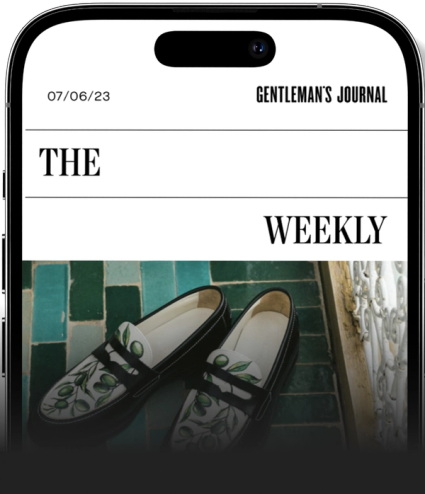
The best coffee beans to get you through the daily grind
We asked London's best baristas to spill the beans on how best to enjoy coffee
Words: Anna Galbraith
In The Love Song of J. Alfred Prufrock, T.S.Eliot wrote “I have measured out my life with coffee spoons”. Sure, he might have been telling the existential story of a neurotic, emotionally incontinent post-modern man — but the sentiment of this line rings true for most of us, as we crawl our way from cup to cup of caffeinated fuel.
"It is of no small importance that the beans you grind to see you through the day are fit for the purpose"
From that first, waking mug over the breakfast table, to the espresso martini (or three) with friends that you spend your working day looking forward to, we can all measure our days by the same units as Eliot’s Prufrock.
It is therefore of no small importance that the beans you choose to grind to see you through the day are fit for the purpose. In order to get the definitive guide on what we should be roasting, brewing, filtering and sipping, we spoke to Jessica Worden, head of the award-winning coffee team at GAIL’s Bakery, and Stuart Murray, Head of Training at Caravan Coffee Roasters.

Best coffee to start your day: a well-brewed filter
“…Made with a single origin or microlot allows you to enjoy and savor the start to you day. Filter coffee often also contains proportionately more caffeine than espresso because the grounds are in contact with water longer”, says Jessica. “I recommend trying a Guatemalan microlot — bright, citrusy, floral and caramel sweet.”
"I drink filter coffee to start the day because it has a more tea like body, rather than the heavy espresso texture..."
For Stu, his first coffee of the morning is drunk as soon as he walks in the door at work: “I’ll make myself a delicious Chemex (form of filter coffee) that I can share with everyone. That’s what coffee is about, sharing a cup of happiness that we all enjoy and having a good chat whilst we sip away. I drink filter coffee to start the day because it has a more tea like body, rather than the heavy espresso texture that can sometimes be full on that early in the morning. My coffee of choice is at the moment is African coffee, a flavoursome Rwandan or a juicy Kenyan goes down treat. Brewing it to bring out as much sweetness as possible, it’ll taste like the freshest fruit juice you could imagine.”
Best to enjoy in a milky coffee: medium roast blends
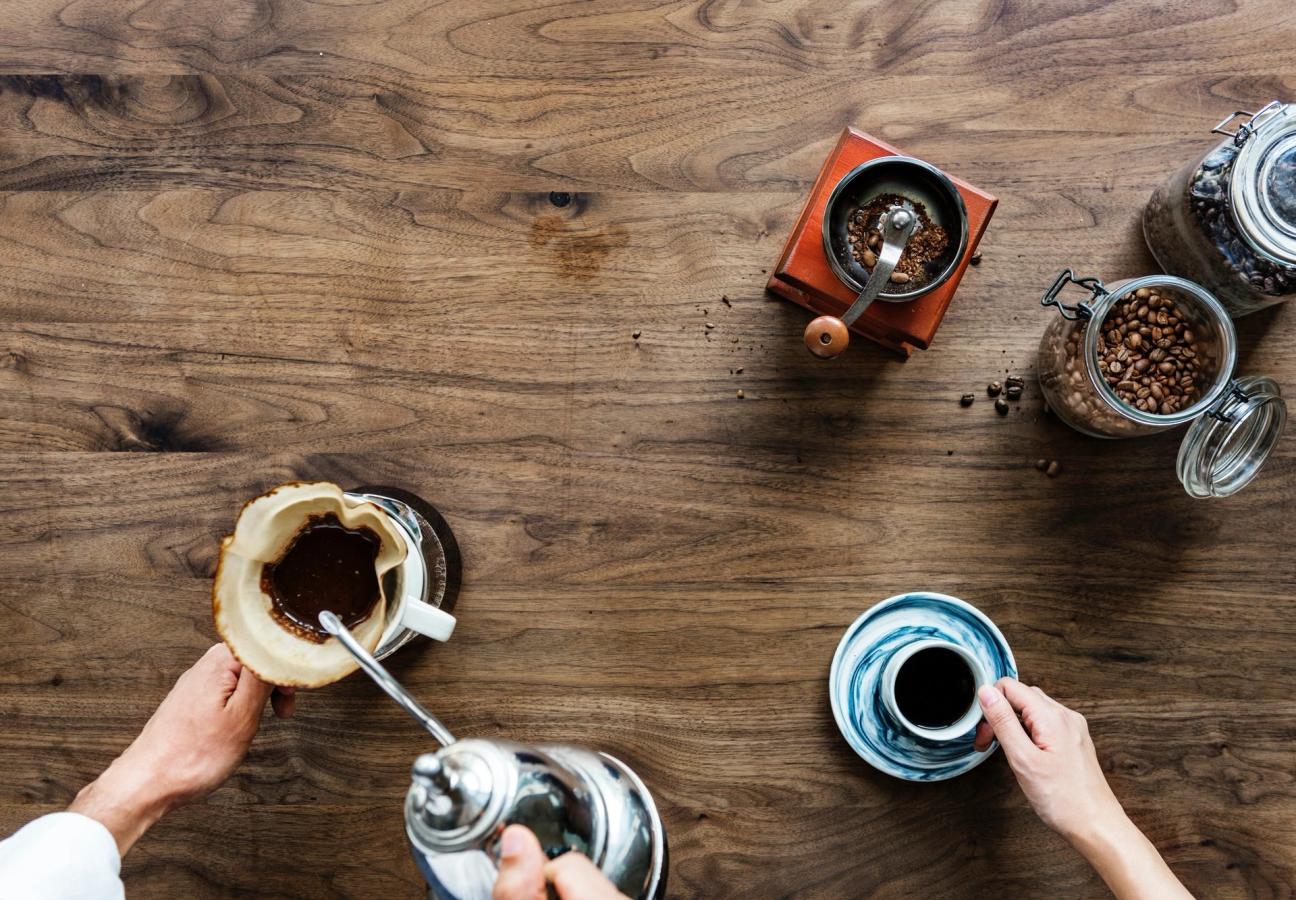
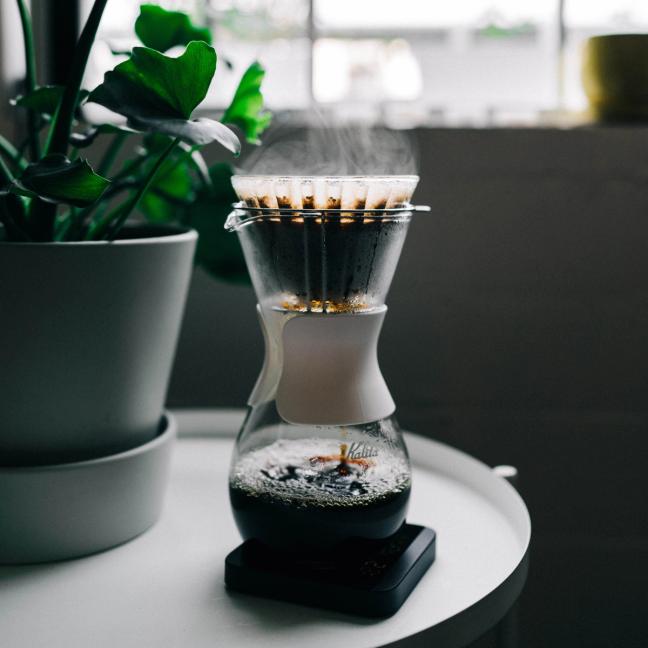
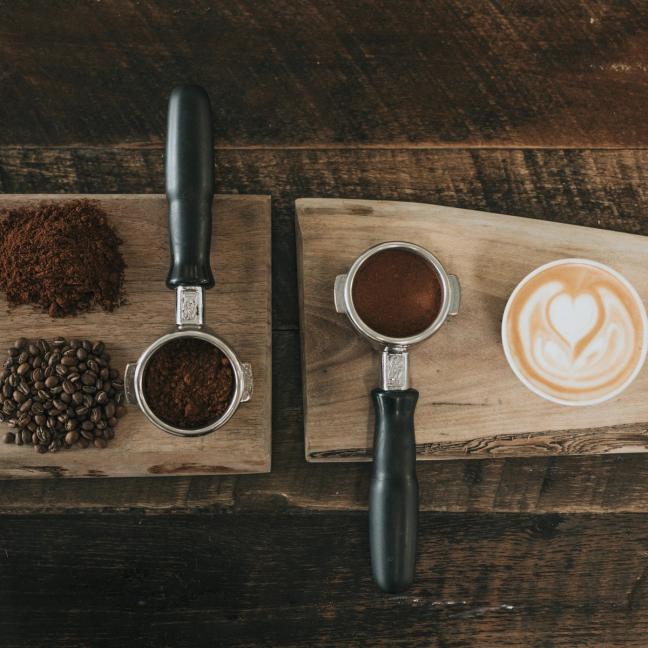
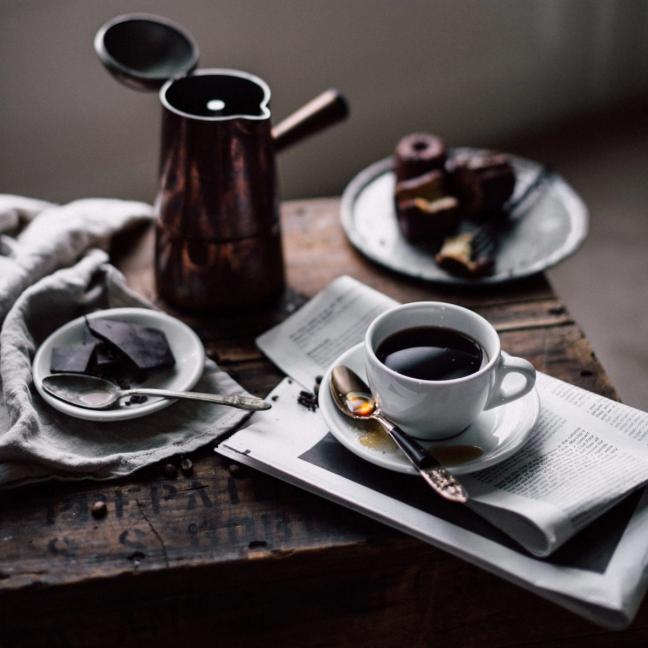
The trick here would seem to be choosing a coffee which can cut through the milk. “Cutting through milk can be a challenge with a latte,” Jessica explains. “Medium roast blends that showcase sweeter, heavy bodied natural process coffees really shine in milk. Steam not only textures milk, its heat also makes it easier for the palate to recognize and taste the milk’s natural sugars. This can mask brighter flavours whereas the nutty and cocoa aromas associated with more developed roasts taste amazing in longer milk drinks like the latte.”
"A beautiful Colombian coffee will cut through the milk and add chocolaty sweetness in the cup...”
Stu agrees, “for milk-based coffee it’s important to understand that sometimes acidity doesn’t mix well with milk. So something along the lines as a beautiful Colombian coffee will cut through the milk and add chocolaty sweetness in the cup, which is definitely something that everyone likes.”
Best for your after-dinner americano: Central and South American beans
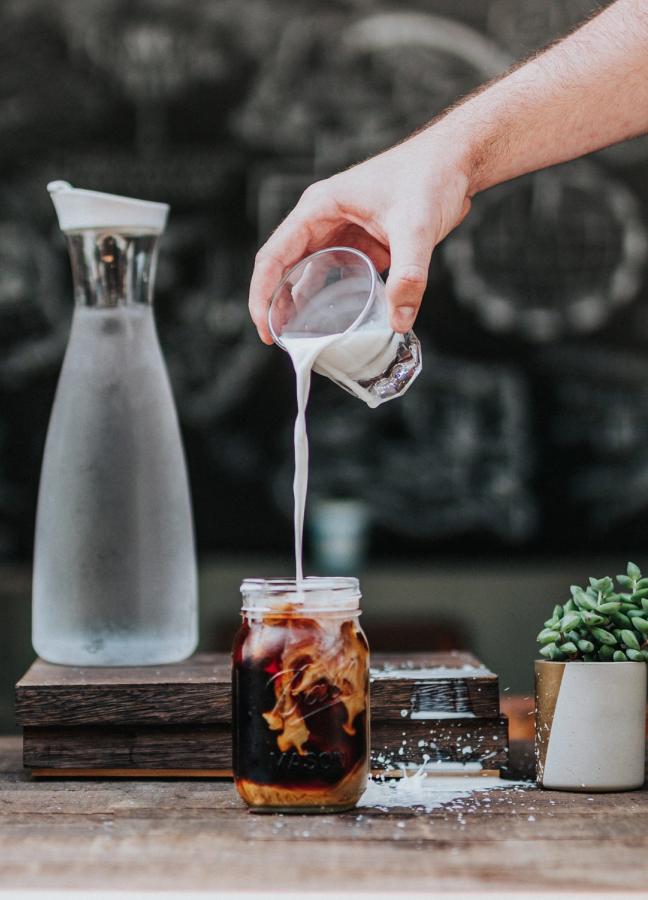
For a post-dinner coffee, Jessica recommends something special and lingering, that showcases innovation in coffee processing. “Processing refers to how the fruit of the coffee cherry is removed from the coffee bean and it significantly impacts its flavour. Types of processing that leave varying levels of pulp on the coffee bean develop and enhance sweetness and body.”
"Cocoa, walnut, toffee, and spiced fruit are more likely to shine as espresso or with milk"
It’s good to know more about what you can expect from coffees that hail from different regions. Stu says, “coffees from more of your Central and South American regions will bring more of your sweeter and heavier flavours, such as chocolates and caramels.” In contrast, “a lot of African coffee will bring loads of sweet and citrusy flavours, therefore a slightly more acidic cup.” However, Stu suggests, rather than focusing on which origin is best suited, to consider instead the flavour notes that the roaster provides as a guide.
Best for an espresso martini: honey-processed single origin coffee from Costa Rica.
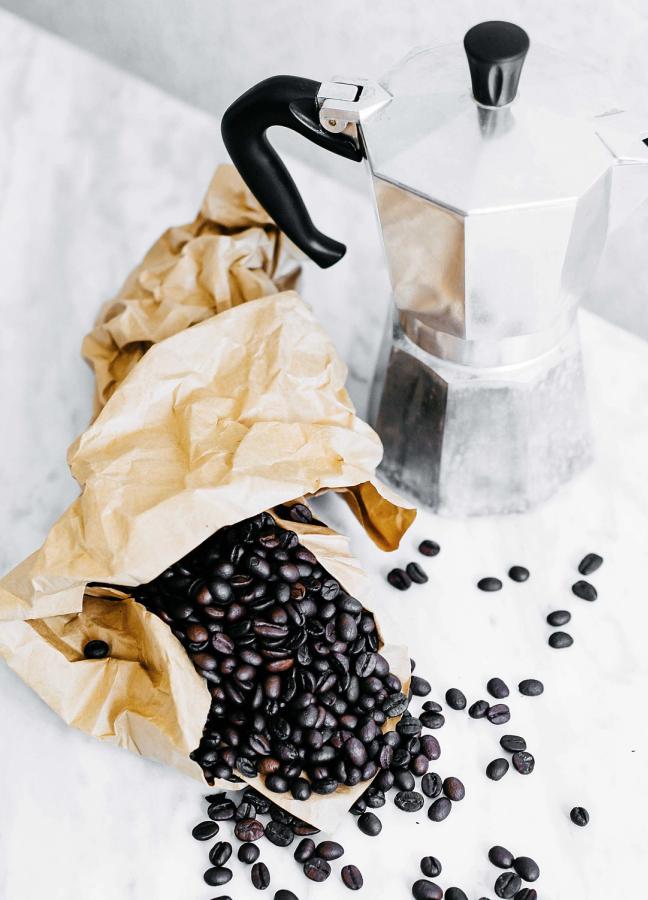
As the working day draws to a close, and the promise of an evening with friends awaits, the call to indulge in a espresso martini can be a powerful one. If you’re looking for the best on the menu, or attempting to make your own, Jessica suggests that you opt for a honey-processed single origin from Costa Rica. “They are sweet and well-rounded but also have enough acidity and brightness to shine in vodka and simple syrup.
Stu suggests that “a big flavoured, packed full of sweetness, natural process Colombia coffee will add loads of toffee sweetness and create the need for less sugar syrup, win win!”
Looking to try something new? Here are the best coffee cocktails (that aren’t espresso martinis)…

Become a Gentleman’s Journal Member?
Like the Gentleman’s Journal? Why not join the Clubhouse, a special kind of private club where members receive offers and experiences from hand-picked, premium brands. You will also receive invites to exclusive events, the quarterly print magazine delivered directly to your door and your own membership card.



